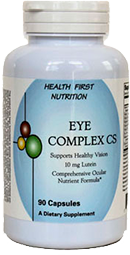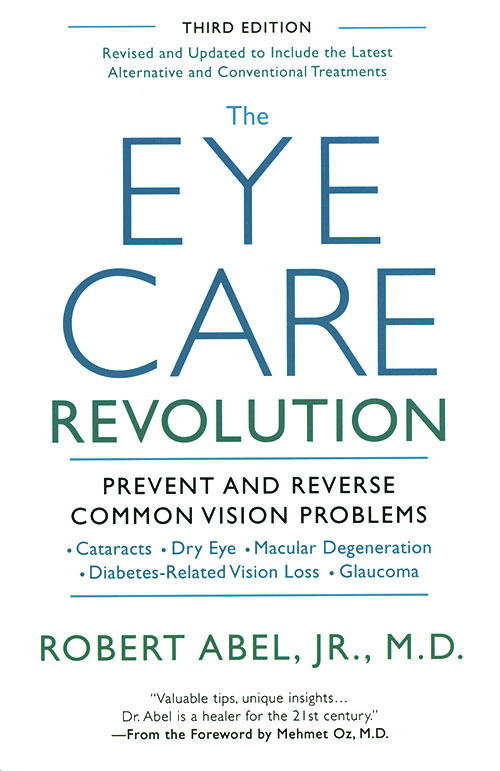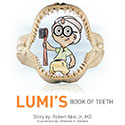Lyme Disease and Fighting Eyelid Mites
What is Lyme Disease?
The diagnosis of Lyme disease (the spirochete Borrelia) can be made from the classic bull’s-eye skin lesion, a blood test, joint swelling or Bell’s palsy of the face. But only 30 to 80% of people will have the typical bull’s-eye lesion and so it may be misdiagnosed and undertreated. The Lyme agents can affect many parts of the body and become chronic and resistant to antibiotic therapy. It has taken a long time for many doctors to admit that there is a chronic form of the disease.
Unlike many bacterial infections which can be treated with increasing levels or frequency of antibiotic, the Lyme spirochetes can go into a shell, called a persister phase. Hiding out like this the organisms can reappear when the antibiotic has cleared the system and return to play havoc with the body. Fortunately, Dr. Anu Sharma and his colleagues have reported an excellent strategy to fight the chronic form of the disease. They recommend intermittent antibiotic courses about a week apart. The oral antibiotic will kill those organisms in the blood initially, then the delay will allow the hidden persisters to emerge. These are then eliminated with the next course of antibiotics.
There are two other possible treatments for the chronic form. First, we await the results of clinical trials to verify the use of mitomycin C, an anticancer drug which has been effective in cell culture. Second hyperbaric oxygen destroys organisms like Borrelia which are anaerobic and hide from oxygen. Hyperbaric chambers are readily available in most major hospital centers. So there is good news for chronic sufferers of Lyme disease, but you may have to inform your caregivers.
Fighting the eyelid mites
Yes, you heard me right. The demodex mite is often the cause of chronic irritated red eyes, known as blepharitis, and is a contributor to the dry eye syndrome. Since the little devils are so small and cannot always be detected even with high magnification by the ophthalmologist, they resist all of the common therapies. Patients will use many drops, antibiotic ointments and pills, baby shampoo and steroid eye drops with minimal lasting effect. This is because none of these therapies really affect this little devil.
However, there is good news in this frightening story. The invasion can be stopped by a therapy that is so easy, safe and effective and can be used for treating most cases of dry eyes and blepharitis. Avenova (Neutrox 0.01%) spray can be placed on a pad and wiped on the eyelids and lashes twice-daily to eliminate this resistant critter. Avenova’s active agent is hypochlorous acid, which amazingly is the same chemical compound our white blood cells produce to kill bacteria and quell inflammation. This amazing spray is antibacterial, anti-mite and anti-inflammatory without harming our skin and lids. Having used it myself, I can attest to its effectiveness and comfort level.
So, for all those folks who’ve been suffering for years and visiting many doctors with chronic irritated eyes, suffer no more. I will be delighted to hear your results and hope they are the same as mine and my patients.








